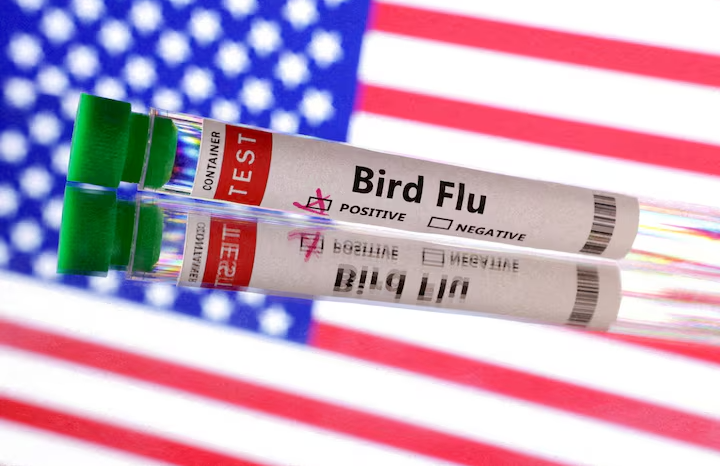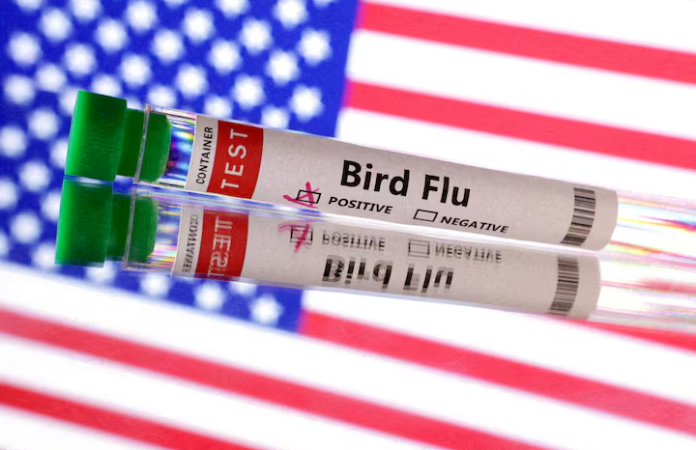Nevada has reported its first human case of bird flu after a dairy farm worker was exposed to infected cattle, according to the Central Nevada Health District. This development marks a significant moment in the ongoing outbreak of the H5N1 virus, which has already affected nearly 70 people across the United States, primarily farm workers.
The worker, who experienced conjunctivitis (commonly known as pink eye), is currently recovering. Health officials have reassured the public that there is no evidence of human-to-human transmission. The Centers for Disease Control and Prevention (CDC) maintains that the risk to the general population remains low.
The Growing Bird Flu Outbreak in the U.S.
This case comes just days after the U.S. Department of Agriculture (USDA) confirmed the presence of a second strain of bird flu—known as D1.1—in dairy cattle in Nevada. This new strain has been the dominant genotype among wild birds throughout the past fall and winter and has also been detected in poultry.
The bird flu outbreak has already had significant economic consequences, including reduced milk production and a rise in egg prices due to the mass culling of infected laying hens.
A Fatal Case Raises Concerns
In a separate incident, a person in Louisiana who had been hospitalized with the D1.1 strain passed away. While health authorities are closely monitoring the situation, they have reiterated that the virus has not shown signs of widespread transmission among humans.

What This Means for Public Health
Despite these concerns, experts emphasize that the overall risk to the public is low. However, farm workers and those in direct contact with livestock are encouraged to take precautions, such as wearing protective gear and maintaining strict hygiene practices.
Nevada’s confirmation of its first human case highlights the importance of continued surveillance, testing, and preventive measures to mitigate further spread. As research into bird flu in mammals continues, health officials are working to better understand how the virus behaves in different environments.
Final Thoughts
While bird flu primarily affects animals, its potential to cross into human populations remains a concern. Staying informed and following health guidelines can help prevent further cases. Authorities continue to monitor the situation closely, and updates will be provided as new developments emerge.



